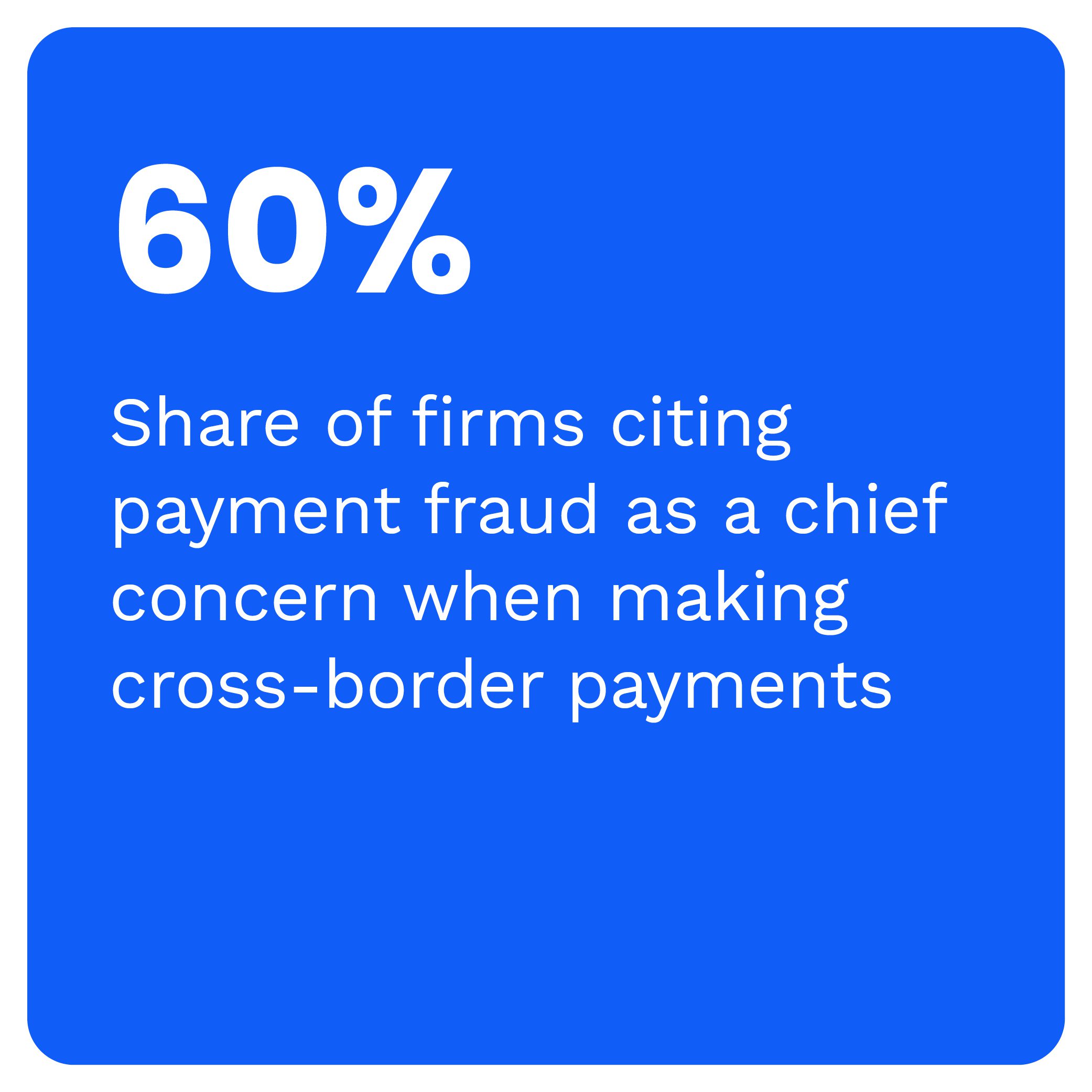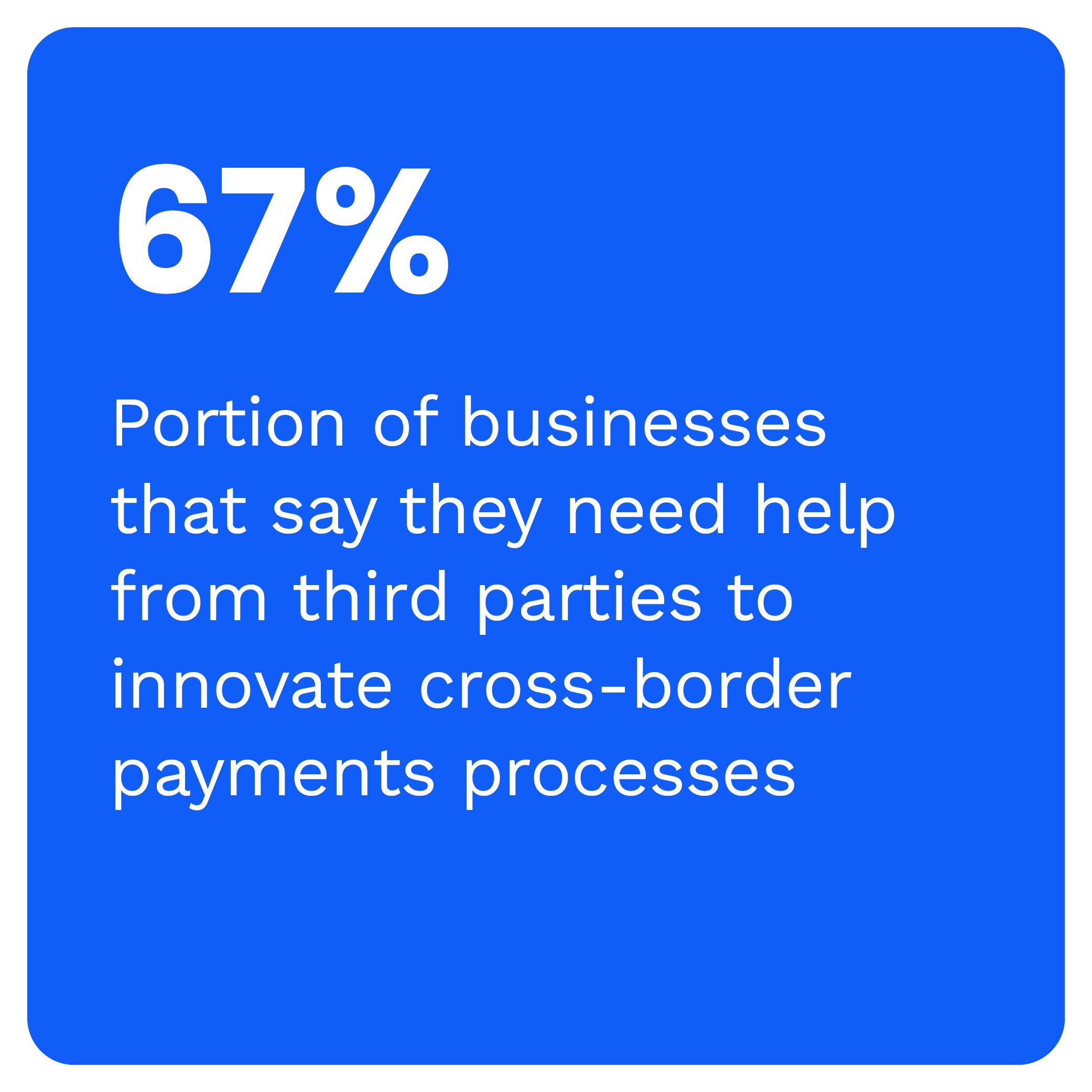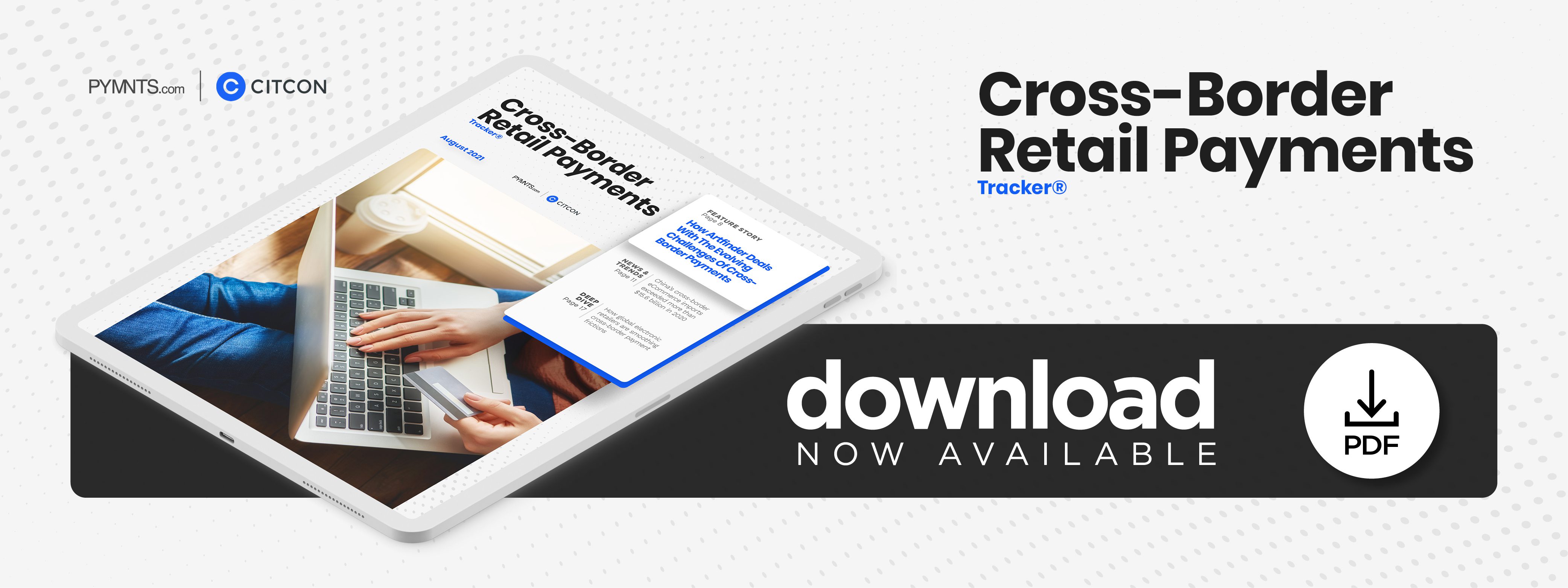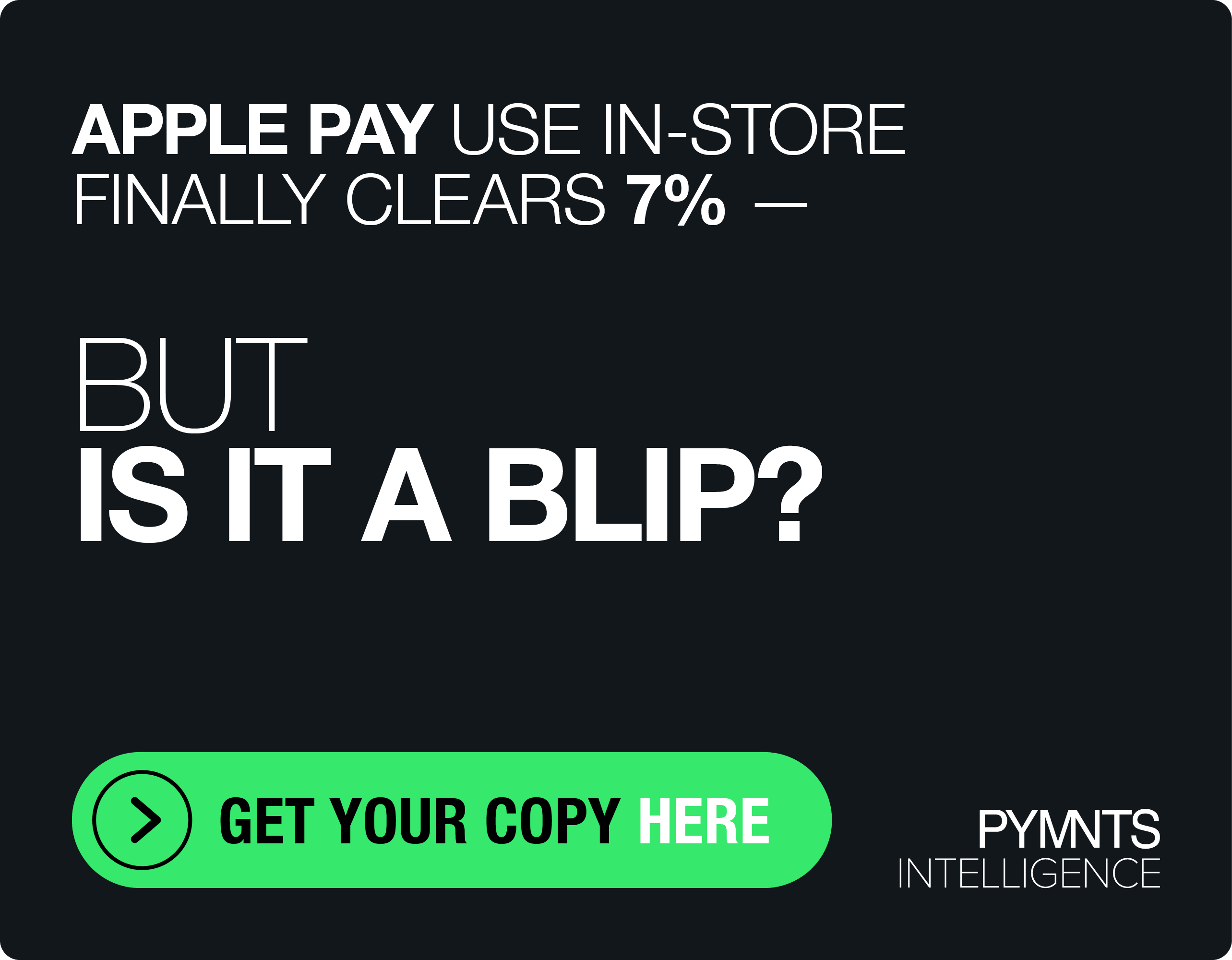Art Retailers Tap New Tech To Navigate Cross-Border Payment Challenges

Global eCommerce sales now represent a $4.2 trillion market as consumers shifted their purchasing behaviors to accommodate the pandemic. This growth is only expected to continue, too, with these sales predicted to total $5.4 trillion by 2022. Retailers of all types are coping with this shift by reducing the hidden fees that can cost consumers upward of 10% more than the listed sticker price on items, making opaque processes more transparent and reducing the amount of time cross-border transactions can take — a process that currently hovers at about 33 days.
Read more: What UK And US Businesses Want From Cross-Border Payments Innovations
Electronics retailers are on the forefront of this global commerce shift, accounting for 26% of the entire U.S. eCommerce market. Recent research shows that 25% to 30% of the cross-border payment technology market share is up for grabs, and FinTechs are hungry to enter the cross-payment space to meet customers’ and electronic retailers’ demands for faster, more secure and more convenient payments.
In the “Cross-Border Retail Payments Tracker®,” PYMNTS explores how eCommerce has boomed over the past 18 months, how electronics and other retailers are coping with this change and how companies are dealing with the ever-present friction and security complications of cross-border commerce.
 Developments From Around the World of Cross-Border Retail Payments
Developments From Around the World of Cross-Border Retail Payments
Consumers’ cross-border payment demands have changed as they have gained greater access to more retailers, and they now have higher expectations for the merchants with which they do business. Thirty-three percent of consumers in the Asia-Pacific region report that complicated payment processes on a retailers’ website will deter them from returning to a site again, for example. Online shoppers within the region also find the localization of digital payments to be extremely important.
One of the power players in the cross-border payments scene is China, which has one of the fastest-growing economies in the world. Chinese citizens born between 1990 and 2000 account for roughly 50% of the country’s cross-border consumers. The cross-border purchases they made were also age-dependent, helping retailers across the globe gain a better understanding of what approaches are required to customize the customer experience when entering the Chinese market.
Electronics retailers often have trouble keeping pace with the rapidly evolving world of cross-border payments, but there are a number of technologies that can help them catch up. Embracing technology such as real-time payments, accounts receivable (AR) and accounts payable (AP) automation and virtual cards will play a pivotal role in determining who continues to grab market share. It will also reduce the overhead costs of cross-border payments both in the businesses-to-business (B2B) and business-to-consumer (B2C) space.
For more on these and other cross-border payments news items, download this month’s Tracker.
How Brexit and the Pandemic Changed the World of Cross-Border Payments
The cross-border payments field is complicated even in the best of times, but it has seen unprecedent upheaval in the past two years due to Brexit and the pandemic, both of which have irreversibly altered how international commerce is being conducted. In this month’s Feature Story, PYMNTS spoke with Michal Szczesny, CEO of Artfinder, about how the company is dealing with these emerging challenges as well as the new obstacles on the horizon.
 Deep Dive: How Electronics Retailers Can Strategically Deploy Cross-Border Payment Strategies
Deep Dive: How Electronics Retailers Can Strategically Deploy Cross-Border Payment Strategies
Cross-border payments have been common in B2B services for years, but existing infrastructural issues plaguing these payment process are expanding as consumer transactions grow more international. Hidden fees prompting consumers to request refunds, increased decline rates and logistics problems are all forcing electronics retailers to realize that change is necessary to protect their bottom lines and reputations. This month’s Deep Dive examines the obstacles electronics retailers currently face in the cross-border payments landscape and how they can leverage payment gateways and other tools to streamline the payment process.
About the Tracker
The “Cross-Border Retail Payments Tracker®,” a PYMNTS and Citcon collaboration, maps the use and adoption of emerging technologies and solutions to solve cross-border payment hurdles in both emerging and developed markets.

